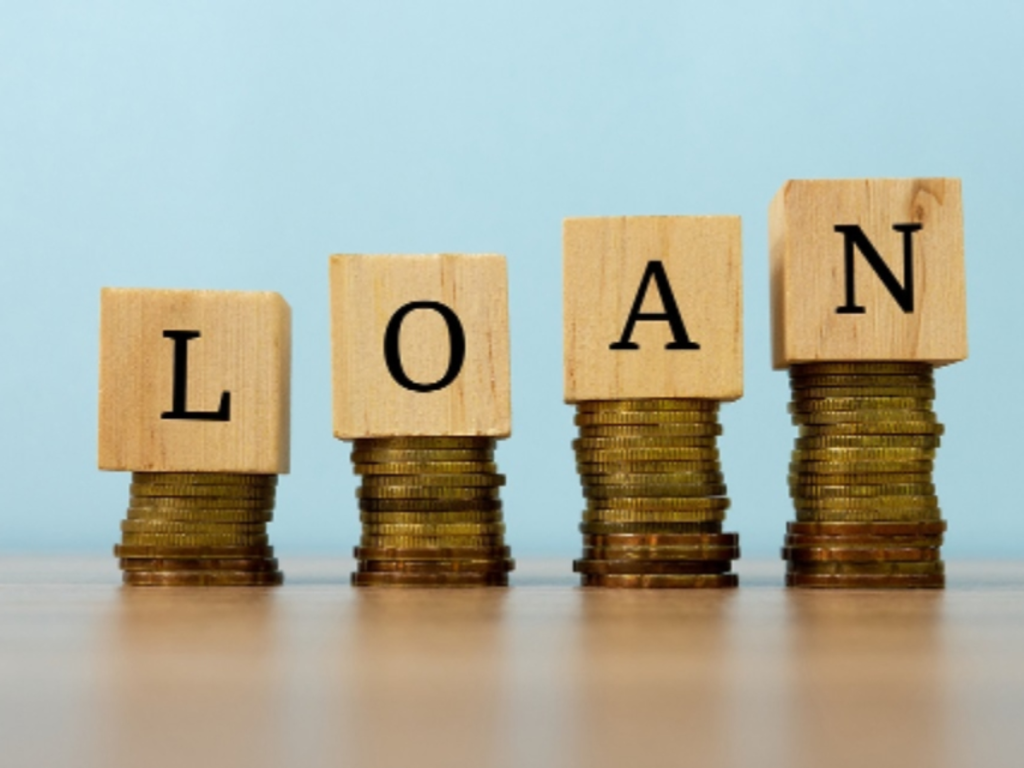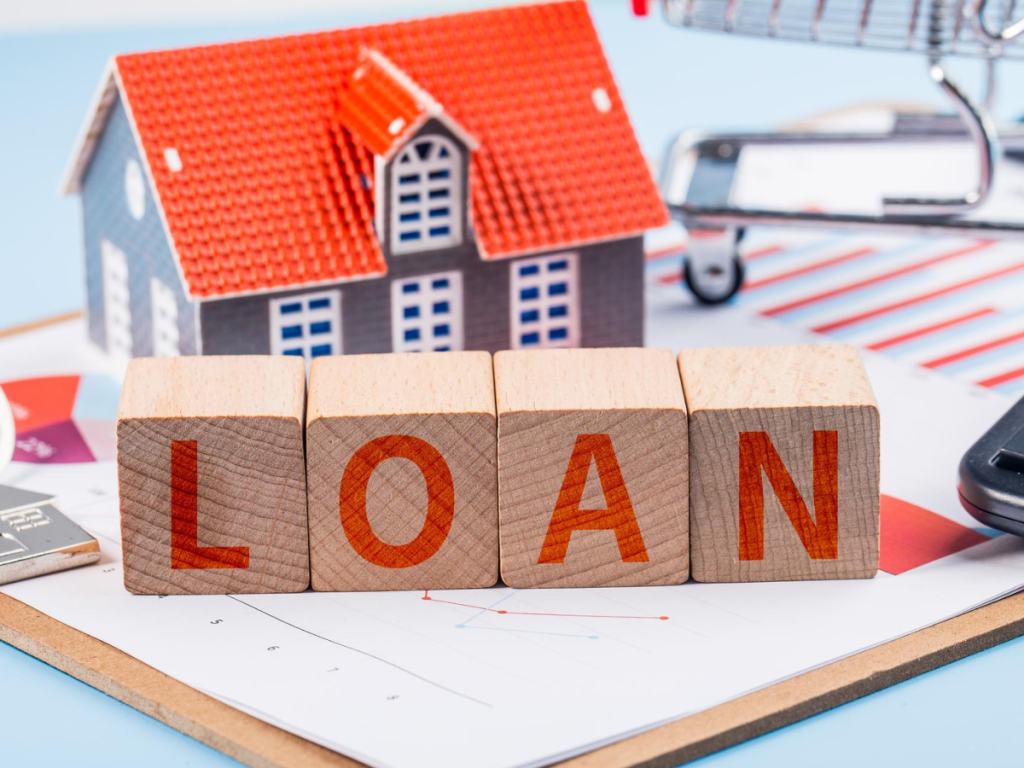Introduction
When it comes to making a major financial decision, such as taking out a mortgage, auto loan, or personal loan, one of the smartest things you can do is get pre-approved. A loan pre-approval is an initial assessment by a lender that determines your eligibility for a loan and provides you with a conditional agreement for a specific loan amount. This helps both the borrower and the lender in setting clear expectations and expediting the loan approval process once you are ready to move forward. But what exactly does loan pre-approval entail, and how can it work to your advantage? Let’s dive into the details.
What Is Loan Pre-Approval?
A loan pre-approval is a formal assessment performed by a lender before you actually apply for a loan. It will involve reviewing all aspects of your financial situation, such as income, credit score, employment status, debts, and assets. While pre-qualification is more of an informal estimate based on information you have self-reported, a pre-approval requires verified documentation and is thus more accurate and reliable.
The pre-approval letter is then issued after the lender is through with their appraisal. This is a document which shows how much you can borrow, loan terms (such as interest rate), and any other conditions that may have to be fulfilled to receive final approval. A pre-approval letter does not ensure final loan approval, but it shows that you are a serious and financially capable borrower.
How the Loan Pre-Approval Process Works
- Application Submission: Most applications start by filling out a pre-approval application. The application requires some personal information such as your name, address, Social Security number, and employment details.
- Document Verification: Lenders seek to verify your financial standing. They require some or all of the following documents:
- Pay stubs or proof of income
- Tax returns
- Bank statements
- Employment verification
- Credit report authorization
- Credit Check: Lenders will pull the credit report about you to estimate your credit score. A good score not only can help you achieve pre-approvals but also the best interest rate and loan offers.
- Debt-to-Income (DTI) Analysis: Your DTI ratio that represents a comparison of your monthly debt payments to your income is one more important factor. Most lenders look for a DTI ratio below 43%, but the requirements may vary.
- Pre-Approval Decision: After going through your financial information, the lender decides how much you can borrow and issues a pre-approval letter if you fit the criteria they are looking for.
Why Is Loan Pre-Approval Important?
- Helps Set a Defined Budget – Pre-approvals give clear insight into exactly how much is available to lend. Whether in the market to buy a home, or a car or financing another high-ticket purchase, knowing this helps you narrow in on options from within your own budget and do not waste unnecessary time on loan or property investments that are clearly out of the budget.
- Simplifies Approval at Closing
Once you’re ready to finalize your loan, much of the groundwork is already complete if you’ve been pre-approved. This means the lender can move quickly, saving valuable time in a process that might otherwise take weeks. This can be especially advantageous if you’re in a competitive market where time is of the essence. - Improves Credibility
A pre-approved letter means you are a serious buyer who can put up the dough, so it means that if you look at a house or car, sellers or dealerships know you’re serious. This gives you an advantage, especially in a multiple-offer scenario. - **Decreases Surprises
The evaluation will help detect a poor credit score and a high debt-to-income ratio, which would otherwise cause you to derail your process later in the loan cycle. This therefore ensures that the loan process is made easier and stress-free.
How Pre-Approval Fast Tracks the Process
Loan pre-approval eliminates most of the uncertainty and waiting usually associated with loan applications. Here’s how it accelerates the process:
- Preliminary Work is Already Done: The lender verified your financial information in the pre-approval phase, so all they need to do at final approval is not have to repeat it. This eliminates much of the processing time involved.
- Faster Decision-Making: With pre-approval, you’ve already met many of the lender’s requirements, so their focus during final approval is limited to verifying specific details, such as the property appraisal (in the case of a mortgage) or the purchase agreement.
- Faster Action in Competitive Markets: If you buy a home in a competitive market, your pre-approval letter will enable you to make an offer faster and with more chances of impressing other prospective buyers who haven’t been pre-approved.
More benefits of loan pre-approval
- Strong bargaining power
More likely to be negotiated with by sellers or dealerships since they know you are financially ready and won’t likely run into a problem of financing. - Access to Better Loan Terms
Since lenders check your creditworthiness prior to sending the pre-approval notice, you may be able to secure good terms earlier in the process-such as a lower interest rate. - Get the Chance to Deal with Finances A weakness, as found in pre-approval might include a relatively high debt to income ratio and issues on a credit report could now be given time to correct even before making a form application for your loan.
- Settle Your Minds at Ease Knowing your chances of succeeding when applying, reduces the anxiety with respect to seeking your loan; no more stress at any point because of uncertainty with your loan status.
What to Watch Out for During Pre-Approval
- Pre-Approval Expiration: Most pre-approvals are good for 60–90 days. If you don’t get a loan within that time, you may have to reapply.
- Changes in Financial Situation: Significant changes, such as switching jobs or taking on new debt, can affect your pre-approval status. It’s important to maintain financial stability during this period.
- Shop Around: Do not accept the first lender that sends you pre-approval. Shop several lenders to find the best terms and the lowest interest rates.
Common Myths About Loan Pre-Approval
Several myths about loan pre-approvals will influence people to avoid benefiting from this valuable step in the borrowing process. Let us debate some of the most common myths:
- Myth: Pre-Approval Guarantees Loan Approval
Pre-approval is a pretty good indicator of your borrowing power, but it does not mean that your loan will be approved. Final approval would depend on various factors, including property appraisals, title checks, and any changes in your financial situation that may have occurred since your pre-approval. - Myth: Pre-Approval Hurts Your Credit Score
Although a hard inquiry is reported when you apply for pre-approval, the effect on your credit score is usually minimal and temporary. Furthermore, credit bureaus frequently allow rate-shopping inquiries within a certain time period (usually 14-45 days) to be counted as one inquiry, thereby minimizing any adverse effect. - **Myth: Pre-Approval Takes Too Long
On the contrary, it is designed to save time later in the loan process. In most cases, lenders can issue a pre-approval letter within a few days, provided you supply the necessary documentation promptly. - **Myth: Only Homebuyers Need Pre-Approval
While pre-approval is often associated with mortgages, it also proves useful for other kinds of loans, like car loans and personal loans. It shows that you are ready to make a big purchase financially.
When Should You Get Pre-Approved?
Timing is a very critical aspect of the pre-approval process. Here’s when you should get pre-approved:
- You are Actively Looking for a Property or Vehicle: Pre-approval allows you to act fast when you find the right one. – You are Planning to Buy in the Next Few Months: Since pre-approvals have an expiration date, timing your application to coincide with your purchase timeline ensures it is still valid when you need it.
- You Want to Understand Your Financial Position: Pre-approval is an excellent way to assess your borrowing power and identify areas for financial improvement, even if you’re not ready to make a purchase immediately.
How to Improve Your Chances of Pre-Approval
If you’re concerned about being pre-approved or want to maximize your eligibility, here are some actionable steps to take:
- Improve Your Credit Score Pay off outstanding debts, avoid late payments, and minimize new credit inquiries to enhance your credit score. A good credit score will not only increase your chances of getting pre-approved but may also qualify you for better interest rates. 2. **Reduce Your Debt-to-Income Ratio
These can also help to qualify you through DTI ratios by either lowering the amount of your debt payments or increasing your income. - Save for a Larger Down Payment This can assist in reducing the amount of loan necessary and can also serve as a demonstration to the lender that you are taking steps toward becoming a responsible borrower.
- **Avoid Major Financial Changes
Postpone large purchases or career changes until after your loan is finalized, as these can affect your pre-approval status. - Be Organized
Gather all required documents, such as pay stubs, tax returns, and bank statements, ahead of time. Providing accurate and complete information speeds up the process and reduces the risk of errors.
How Pre-Approval Fits Into the Larger Loan Process
Pre-approval is not in a vacuum. It’s part of the much larger loan process. In short, it works like this:
- Pre-Qualification: An optional, less formal step where you receive an estimate of your borrowing capacity.
- Pre-Approval: A more detailed evaluation that involves documentation and a credit check, resulting in a conditional approval letter.
- Loan Application: You then apply for the loan on the property, car, or whatever else you intend to buy.
- Underwriting: The lender checks all facts and figures of the loan application, including appraisals and further financial checks.
- Closing: When all requirements have been fulfilled following underwriting, the loan is finalized, and the funds are disbursed.
Preapproval procedures have also witnessed a lot in terms of pace and convenience nowadays with the new technology. Loan lenders now grant online preapprovals that provide easier access to those seeking loans with the comfort of their homes; most of which offer instant results and sometimes reduce to a wait on the part as was considered traditional.
Additionally, some lenders use automated tools to assess creditworthiness and verify documents, further speeding up the process. For tech-savvy borrowers, these innovations offer a seamless and efficient way to secure pre-approval.
What Happens After Pre-Approval?
Once you’ve received your pre-approval letter, the next steps involve actively pursuing your purchase or loan. Here’s what to do next:
- Stick to Your Budget: Use the pre-approval amount as a guideline, but remember that borrowing the maximum may not always be the best financial decision. Consider your monthly expenses and long-term goals when determining how much to spend.
- Start Shopping: Whether it’s a home, car, or another major purchase, use your pre-approval letter to demonstrate your credibility to sellers.
- Be financially stable: Refrain from actions that would have a potential effect on the approval status, such as taking up additional debts or other significant financial shifts.
- Maintain open communication with your lender: Always let your lender know about changes in your situation and work closely during the final steps of the approval process.
Pre-approval is an essential process for someone contemplating a big financial buy. Apart from streamlining the loan approval process, pre-approval helps provide clarity and strengthens your bargaining position when you get to the marketplace in competitive environments. By knowing everything that goes on behind the pre-approval scenes, you’ll make the best choices to serve your financial purposes.
Ultimately, pre-approval is not just a loan but rather the empowerment of making smarter and more confident financial decisions. Be it buying a home, a car, or pursuing another significant milestone, pre-approval is your ticket to a faster, smoother, and more transparent borrowing experience.

